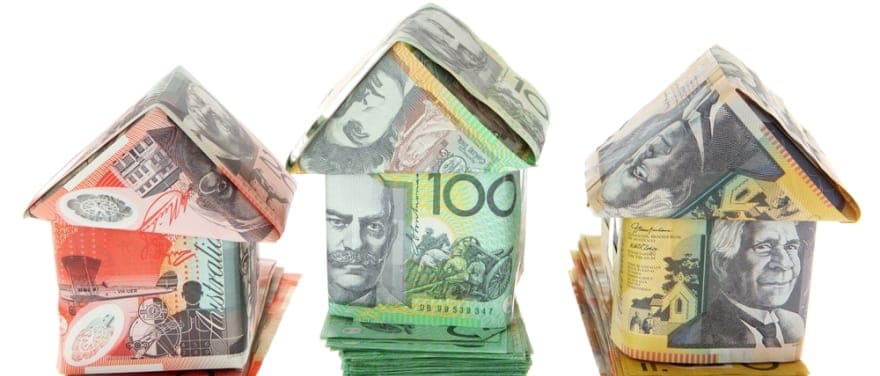The massive jump in the cost of buying or renting a house is having a profoundly negative impact on Australian society.
Social Services Minister Scott Morrison on Thursday released Australia’s Welfare 2015, the Australian Institute of Health and Welfare’s latest two-yearly national welfare report card.
Distressingly the report revealed that more Australians were finding themselves unable to afford to own homes resorting to rented accommodation instead.
More over an increasing proportion of young Australians are, due to the cost of housing, forced to live with their parents into their mid-20s.
According to the report Australian homes are the third-least affordable of OECD countries with only New Zealand and Canada having a higher price-to-income ratio and a much larger number of Australians are forced to rely on social housing.
The number of homeless grew by 4% in a single year with 250,000 Australians considered officially homeless.
Australia’s housing market is becoming increasingly unaffordable, according to Kate Shaw, an urban geographer at Melbourne University and a planning and housing expert.
“This is not a natural consequence of the increase in living and health standards documented in the report,” Dr Shaw said to The Age Australia.
“The severe unaffordability of housing in Australia is due to poor policy decisions and could have been avoided. This is not part and parcel of being a wealthy country.”
In the year to July, Melbourne house prices climbed 10.2 per cent, Sydney 16.2 per cent, and national capital average prices by 9.8 per cent. But according to Shaw this problem is unique to Australia and Canada while the rest of the world’s wealthy countries have managed to avoid such dramatic house price rises in recent years.
“The drivers there are the same – both Australia and Canada are regarded as very safe places to invest.”
She said there should be better legislated protection for renters, who now make up a third of all households, and the federal government must remove tax concessions and incentives for investors.
“Specifically negative gearing and the 50 per cent discount on capital gains tax,” she said.
“If these were phased out we would have billions of dollars every year to invest in affordable social, community and public housing.”
There was, Dr Shaw said, “A whole layer of low to medium-income housing arrangements provided in Canada and Germany and so many other places in the world that we have just completely ignored – they don’t exist in Australia. And because we don’t have them, it is increasing the pressure on the private rental market.”
More than a 40 per cent of Australian renters pay more than one-third of their income on rental accommodation, classifying these households as being in housing distress.
Other issues flagged in the report included increases in children receiving child protection services, youth unemployment and the proportion of young people who are not in employment, education or training.












